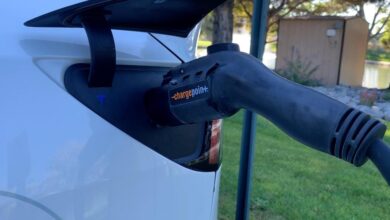Coda Was One Of America’s First Modern EV Startups, Then It Went Bankrupt. Here Are Three Of Its Cars Sitting in a Junkyard

What if I were to tell you that a limited production electric vehicle, designed by Pininfarina, was sitting in a junkyard somewhere in California? Not only that, but as many as three of them are there, just baking away in the bright California sun.
If you’re thinking it could be none other than the multi-million dollar Pininfarina Battista … it’s actually not—it’s the Coda electric sedan! And, to clarify, it technically wasn’t designed by Pininfarina directly, but rather based on the Chinese Hafei Saibao, which was.
![]()
But wait, what was the Coda? And what were three of them doing in a junkyard? Time to plug in and top up on your knowledge of rare, esoteric EVs from over ten years ago.
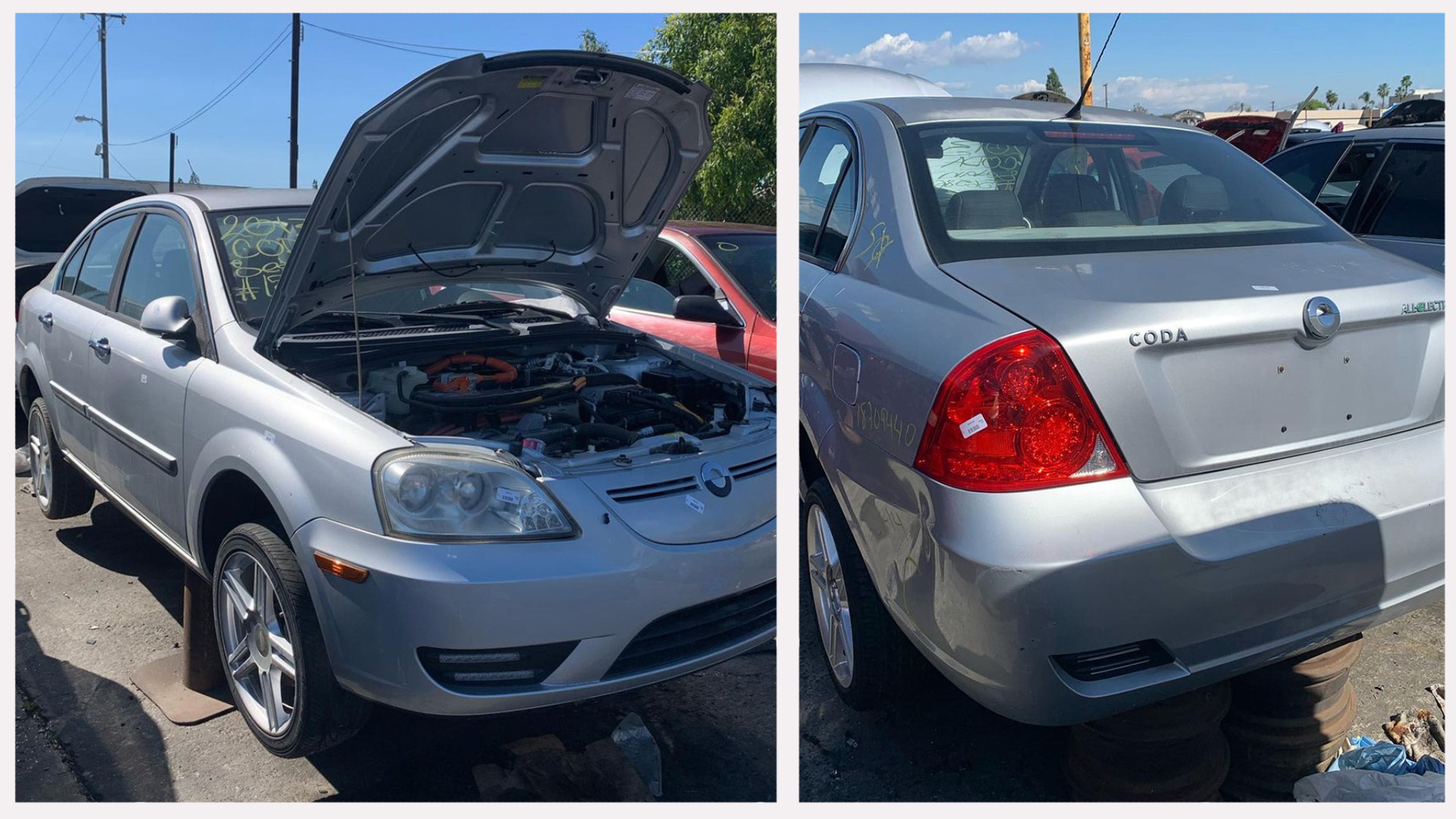
Economic Contender
Presented to the world in 2011 and in the press’ hands by 2012, the Coda EV was built to compete with the Mitsubishi i-Miev and Nissan Leaf. Presented with 150 miles of range, 6.6 kW charging, and over 200 pound-feet of torque on tap, it was a promising proposition in its day.
Those specs may not sound all that impressive by today’s standards, but they were class-leading during its era. The teeny little 3,723-pound sedan put out 134 horsepower and 221 pound-feet of torque, which outgunned the Leaf and i-Miev, and still out-drove them: Motor Trend reported a real-world range of 88 miles against the Nissan’s 73 and Mitsubishi’s 62. There was also the Ford Focus EV which got as far as 76 miles on a single charge.
Then there was its MSRP of $38,145 after an $895 destination fee and $7,500 federal tax credit, which was significantly more than the Nissan and Mitsubishi, though cheaper than the Ford.
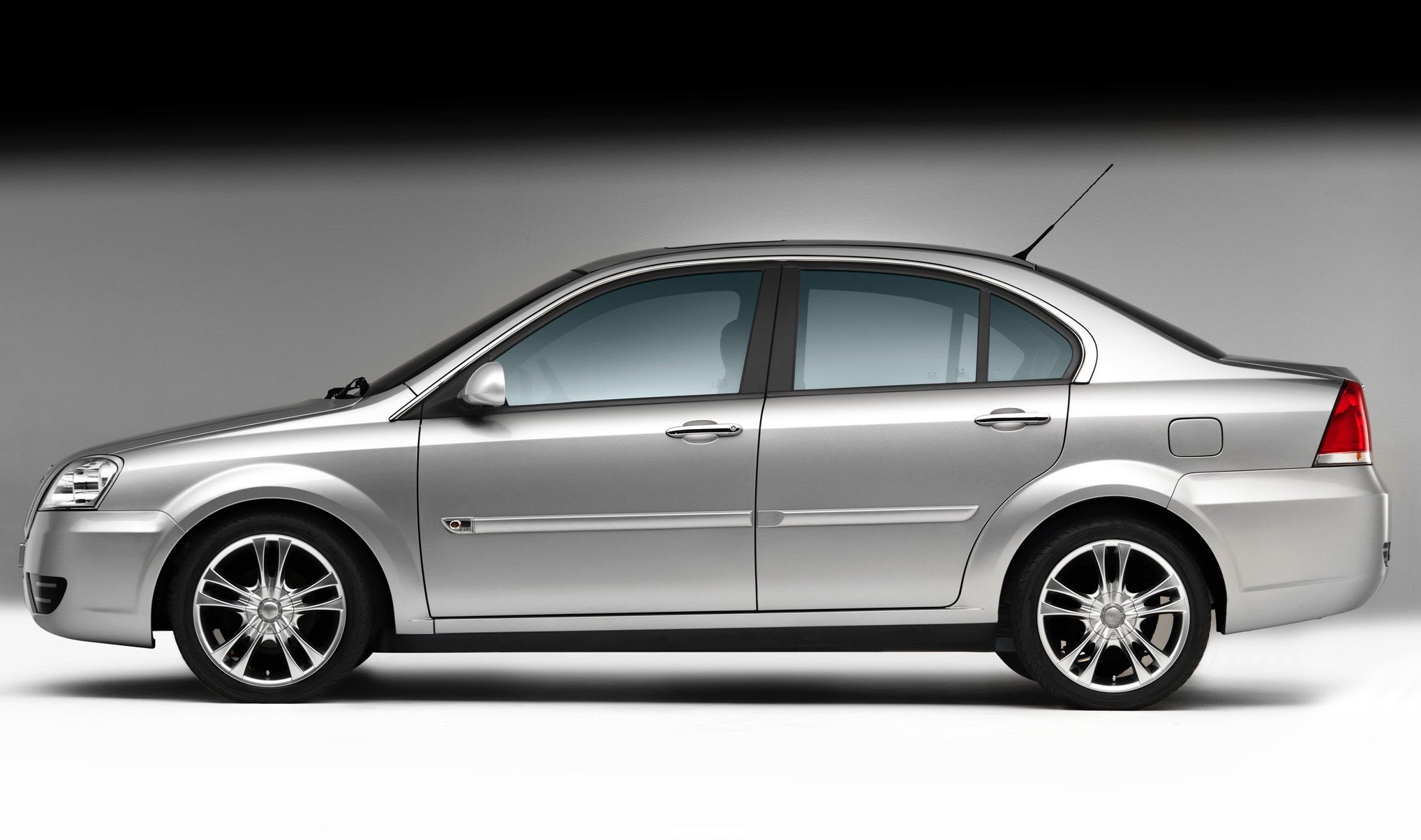
What Was It Like?
“I don’t know that this is the case, but it feels as if the electric motor’s abundant torque is being meted out by the teaspoon here,” one tester wrote of the Coda for Edmunds. “Really slow to get off the line and I’d bet the tires could handle a good deal more than they’re being asked.”
A cursory search came up with similar impressions from other publications. Reviewers also generally liked its ride quality and handling, though, cabin noise was a bit much on the highway, and apparently it made a pronounced electric drill noise at higher speeds as well. Man, how far we’ve come.
On the whole, it seemed like it was just a boring econobox EV, which ain’t a bad thing. When it was new, Coda Automotive’s creation was received as very bland and unappealing, and it didn’t help that it cost a bit more than options from legacy automakers. However, I sure wish we had more boring econobox EVs now; there aren’t as many affordable options as there ought to be.
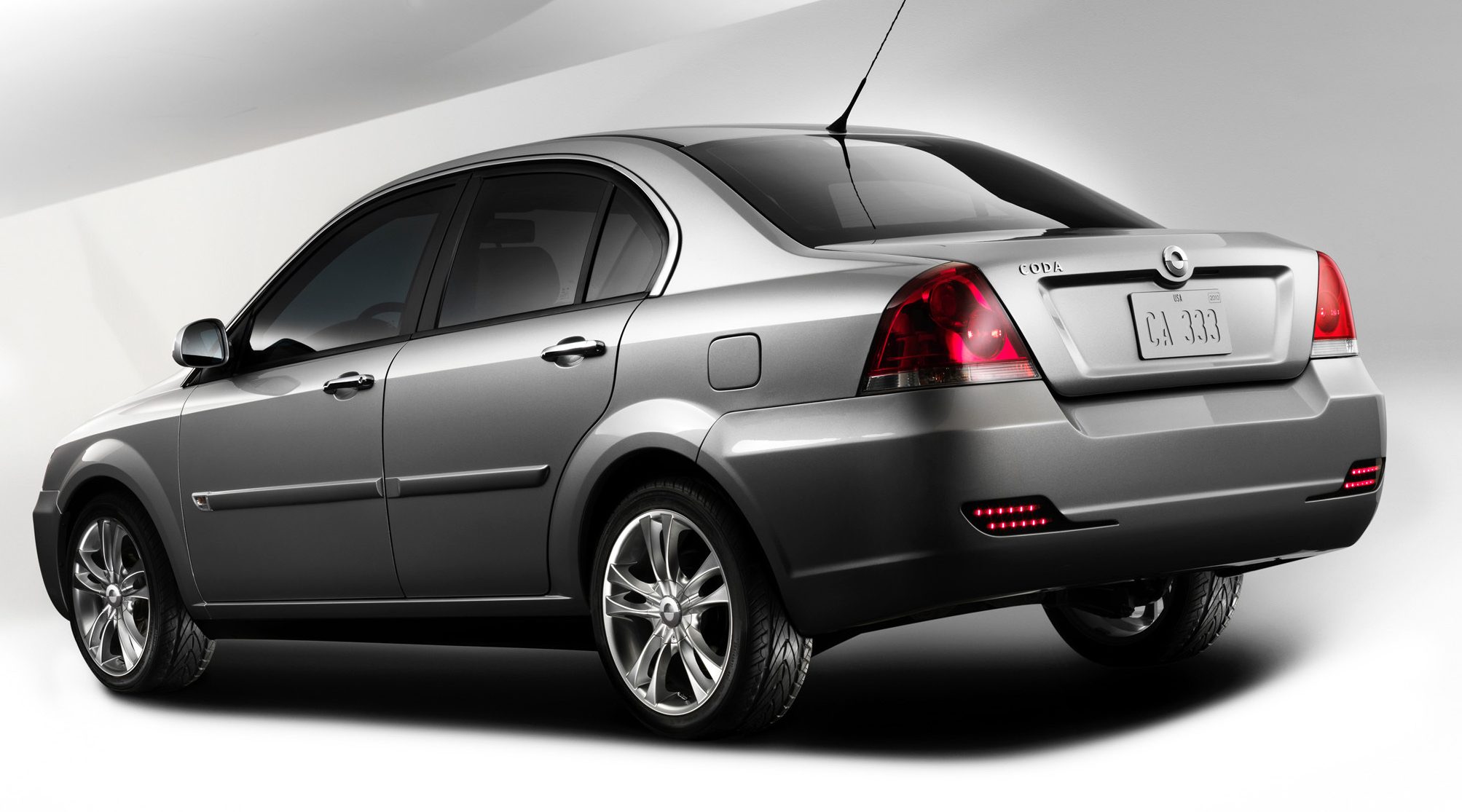
What Happened, And Why Are Three In the Same Plot of Land?
After only selling 117 cars in for a little over a year, and only in California, the company did mass layoffs and then faded away. It had some leftover stock just sitting around after; in fact our own Jason Torchinsky wrote about the sad fate of these for Jalopnik around ten years ago: Chinese company Mullen threw its badges on them and attempted to clear ‘em out.
This is interesting: Apparently, as of 2019 there were still some new Mullen Codas floating around California, according to the Sacramento Electric Vehicle Association’s comically ancient-looking website. The website also denotes that they’re only available as used, though—is there some mad man in the Greater Sacramento Area with a warehouse full of these things, slowly replenishing them for the used car market? What a heck of a feature that’d be.
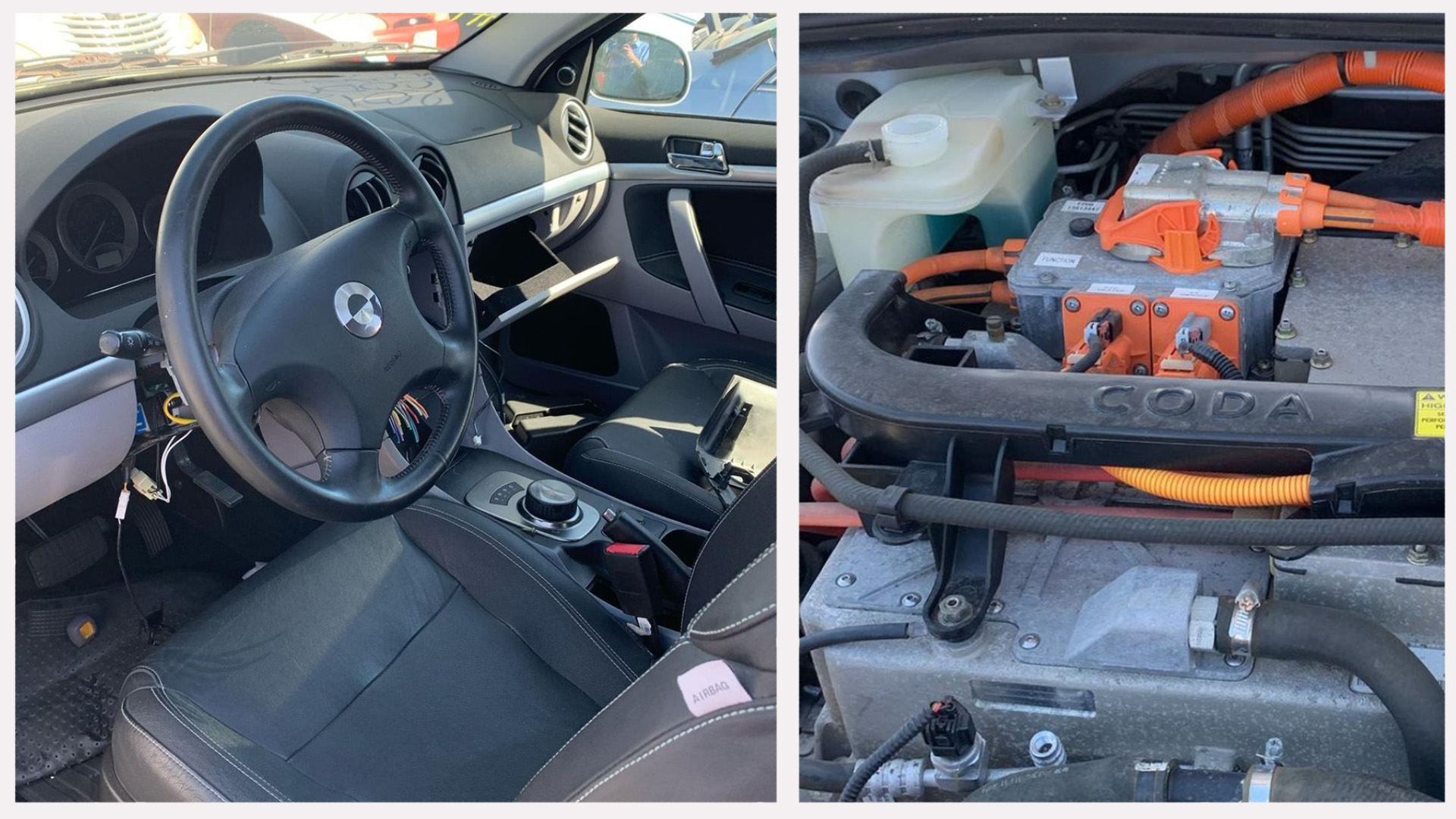
As far as why they’re in the junkyard in Southern California, it makes you wonder if whoever owned any remaining stock found it more economically beneficial to just scrap them. Whether the junkyard will make any money off of them is another story.
Which is all a shame, because it’s not a half-bad-looking EV econobox. It’s a tale of what could have been, as well as an attempt to bring future-minded tech to the mass market by way of a lesser-known—or simply unknown—automaker. We’ve seen similar stories over the years, plus that whole thing going on with Fisker at the moment, and it’ll be interesting to see who comes along as the next Coda Automotive.



